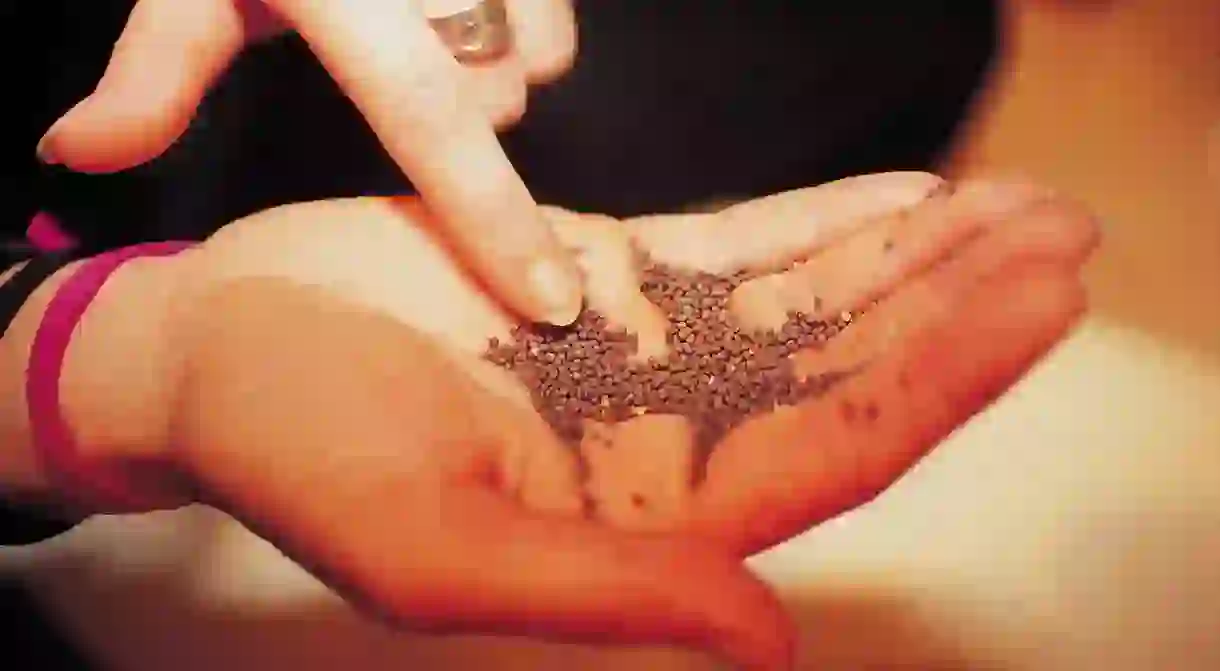The Very French Ways to Complement Dijon Mustard

As a condiment, mustard did not originate in France. There are references to the piquant preparation recorded as far back as 3,000 years in China. So why is the product so closely associated with Dijon? It’s not in the why but the how. Let’s lift the lid off the mustard pot…

Mustard seeds have been used for millennia not only as a spice but also as a remedy for anything from soothing toothache to a safe passage to the afterlife according to ancient Egyptian beliefs. It was the Romans who were the first to grind the seeds into a paste mixing them with vinegar. So when the Romans conquered the Gauls, they brought the tasty condiment with them. But, in typical French fashion, the main master vinegar maker in Dijon tweaked the recipe in the 18th century. Instead of using vinegar, he used verjuice, the acidic juice of unripe grapes, and this is how Dijon mustard came into being and has never been far from a French table since.
Salad dressing
In every traditional bistro you will find Dijon mustard in the regular company of the salt and pepper. Mustard is used in mayonnaise, and sauces, and also makes an appearance on the humble vinaigrette salad dressing. Made well, the vinaigrette a la moutarde, can boost even the simplest salad. A word of warning, a little goes a long way – Dijon mustard has a much stronger kick than its distant cousin, American-style yellow mustard. Too generous a helping will make eyes water and noses flare. In French, the expression used when someone is becoming seriously irritated refers to ‘mustard climbing up one’s nose’.

Best roasts
Home cooks use this trick to keep the dish nice and juicy. The pork or beef roast covered with a thick coat of Dijon mustard will not dry out, and the cooking tones down the bite of the mustard and gives the meat more flavor.
La choucroute
The emblematic dish of Alsace, choucroute garnie consists of a selection of sausages, ham and slow-cooked pork with sauerkraut and potatoes, and it’s always garnished with a generous dollop of Dijon mustard.

Tarte à la tomate
It is as delicious as it is easy to make, usually served as an appetizer or for a light lunch with a green salad. Good ripe tomatoes thinly sliced are arranged on a pie shell that has been slathered in Dijon mustard, baked in the oven and voilá! Job done.
Lapin à la moutarde
Not for the faint-hearted, rabbit makes a regular appearance on the menu in France. For the classic recipe it is roasted in the oven, then topped with a sauce made from reduced white wine, cream and mustard.

Modern times
The local cultivation of mustard gradually disappeared from Burgundy towards the 1950s, when it was replaced by other crops like rapeseed and sunflower. Today, Dijon mustard can technically be made anywhere in the world with Canada being the main supplier of mustard seed production. In Burgundy, however, the mustard tradition is deeply ingrained and eminent brands like Maille in Dijon and Fallot in Beaune keep the traditional methods alive and are constantly innovating and exploring new flavors in more than 50 different varieties, from truffle and champagne to cassis and tarragon, which are distributed all over the world.














